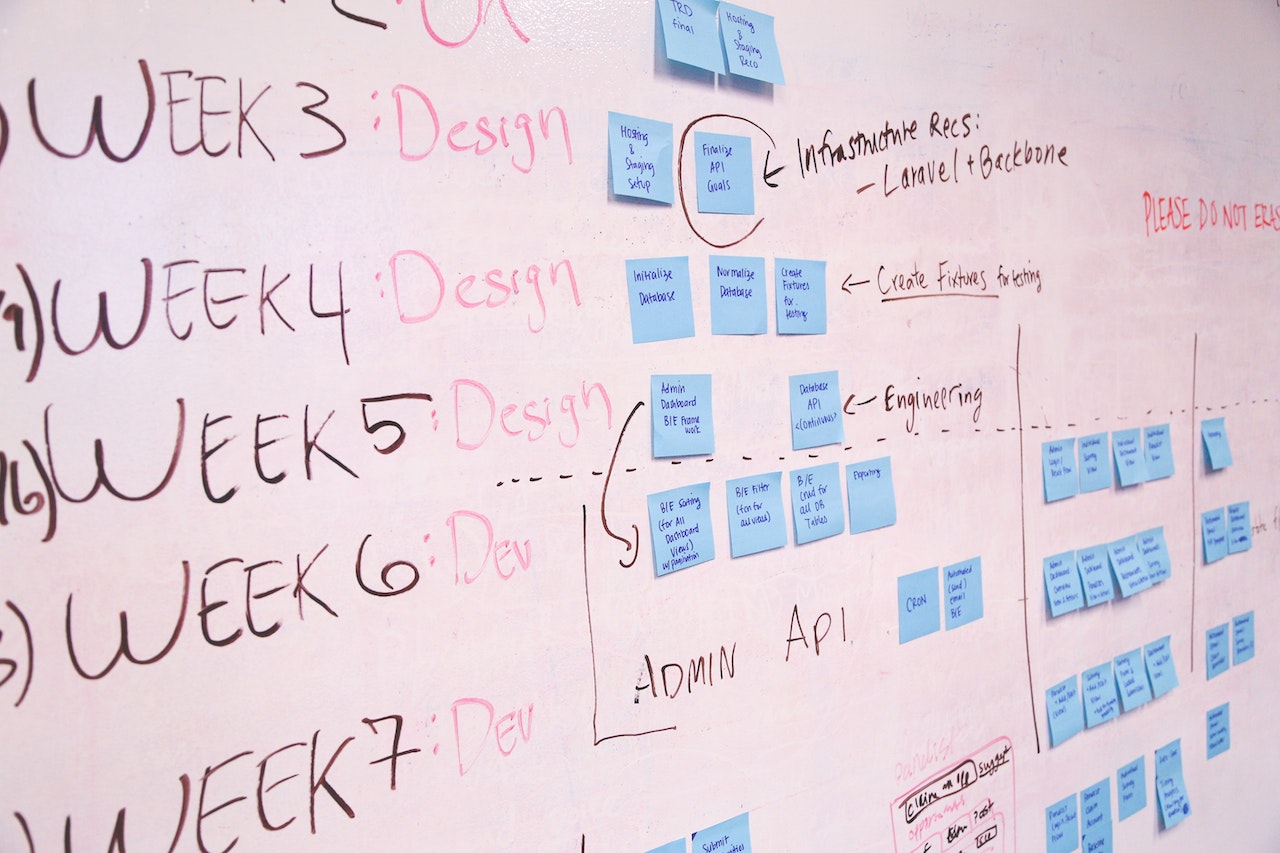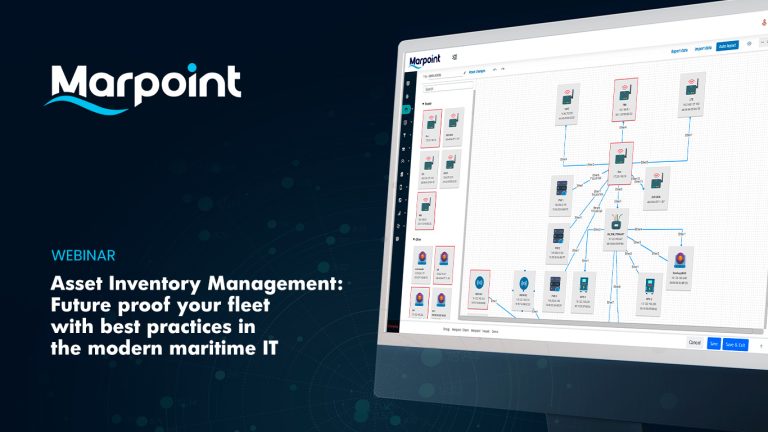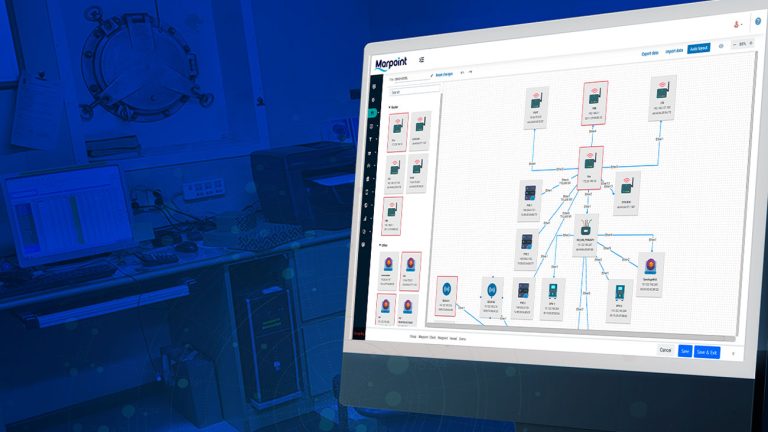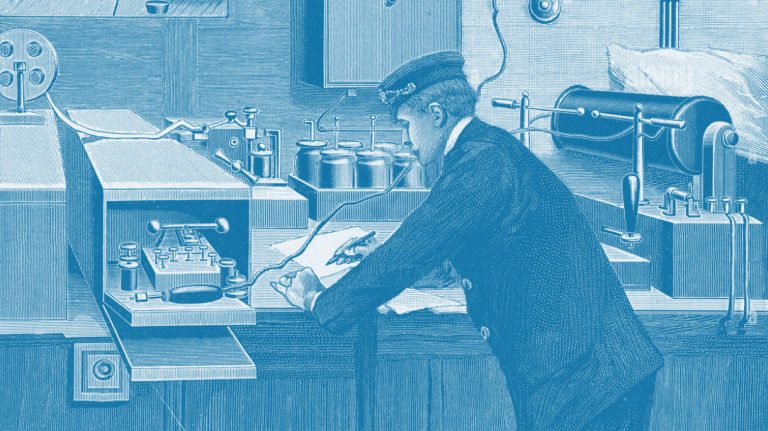by Andreas Triantafyllou, Project Manager
In the world of technology and software development, the Software Development Life Cycle (SDLC) management flow constitutes the key to success for all types of industries. The same applies to the Maritime Industry.
MarPoint offers plenty of state-of-the-art software services which require continuous maintenance and development to keep them at the top of the business field, producing innovative solutions with the highest quality.
Continuous Research into new technologies and challenging solutions which will face various issues in the Maritime industry contribute to the growth of the MarPoint Backlog. Furthermore, another significant factor for the product backlog growth is the requests. Several kinds of stakeholders share their requests with the development team in MarPoint such as the client, the internal departments, and the company committee. For this reason, the product backlog is constantly being readjusted and the need arises to use a flexible management flow.
Agile SCRUM Approach:
Enhancing Productivity and Adaptability in the Maritime Industry
Another essential point to the maritime industry is that the requirements can be changed rapidly and new features appear as add-ons to other features. For this reason, we have adjusted the management flow to an Agile SCRUM approach to increase productivity and reduce deviation errors and delivery time.
SCRUM is an agile project management framework that prioritizes collaboration, responsibility, and gradual advancement toward a clearly defined objective in project management. It is an empirical approach to project management that relies on observation, experience, and experimentation to inform decision-making. The framework is built upon three fundamental principles:
- Transparency,
- Inspection,
- and Adaptation,
which facilitates iterative work processes. Generally, the work is organized in defined timeboxed periods which are called Sprints. The prioritized product backlog is broken down into sprint backlogs which are the subsets of the total work which are planned to be finished by the end of each Sprint.
SCRUM events
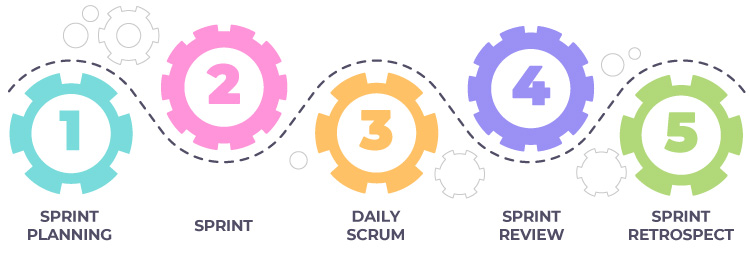
Specifically, the SCRUM framework includes five SCRUM events:
- Sprint Planning: A meeting where the Team plans the work to be done during the Sprint.
- The Sprint: The Sprint including the other events and the whole work in the time-boxed period is an event as well.
- Daily Scrum: A short meeting where the Team synchronizes activities and plans for the day.
- Sprint Review: A meeting where the Team demonstrates the work completed during the Sprint to stakeholders and receives feedback.
- Sprint Retrospective: A meeting where the Scrum Team reflects on the previous Sprint and identifies opportunities for improvement.
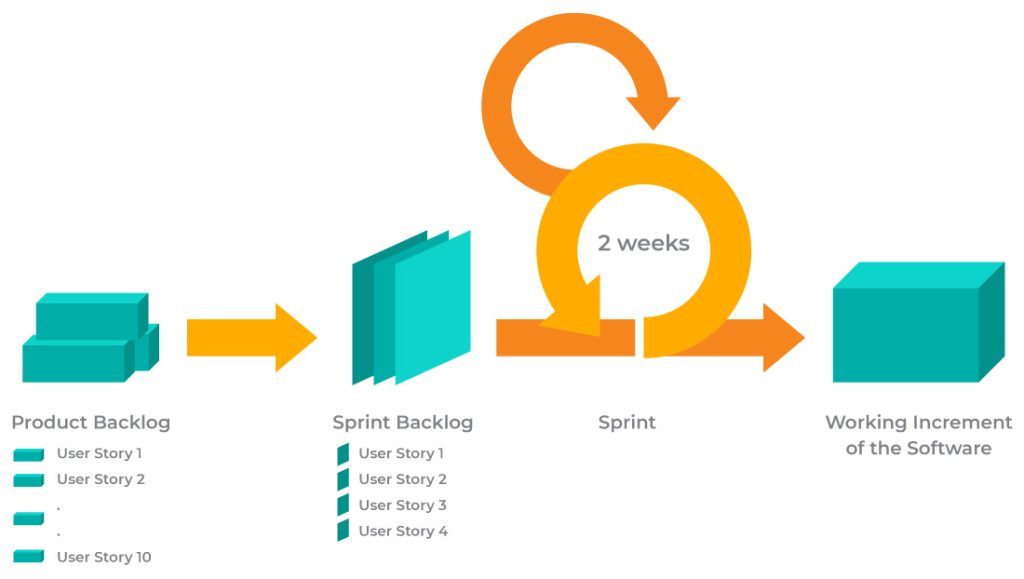
Furthermore, the SCRUM includes three basic artifacts:
- Product Backlog: The prioritized list of user stories (tasks) or requirements for the product.
- Sprint Backlog: A list of tasks selected from the Product Backlog that the team plans to complete during the current Sprint.
- Increment: The sum of all completed and “Done” Product Backlog items at the end of a Sprint.
In the MarPoint software development cycle, we have set a SCRUM approach which includes:
- Sprints: 2-week iterations
- Sprint Planning meeting
- Sprint Review meeting which also includes the Spring Retrospective content
- Daily Scrum: 30-minute call in which we discuss the following three questions:
- What did we do yesterday?
- What will we do today?
- Are there any impediments?
Additionally, the three SCRUM artifacts exist in our development cycle and are visible to all internal stakeholders.
In addition to the above principles, we have set a generic flow for every request.
- First, we discuss the request with the stakeholder who requested it in order to collect all business requirements. This discussion may include brainstorming in which many interesting ideas can be born.
- Subsequently, we communicate the recorded requirements which are sometimes accompanied by business mockups to confirm them.
- The corresponding features and user-stories (tasks) are created and they get the appropriate priority in the product backlog.
- The implementation takes place in the following Sprints.
- During the implementation, we inspect the progress and sometimes we adjust the work.
- When the implementation is done, the tasks are moved to the “Waiting Feedback” state in order to test and communicate them to gather feedback.
- After passing the tests, we schedule the production release.
- Changelog is shared with all stakeholders and users.
Sometimes the generic request flow can be modified depending on each situation, giving us the opportunity to improve our productivity and delivery time.
Management with a SCRUM approach in the Maritime industry can offer many advantages by contributing directly to the quality improvement of the Software Development Life Cycle for Maritime features.

